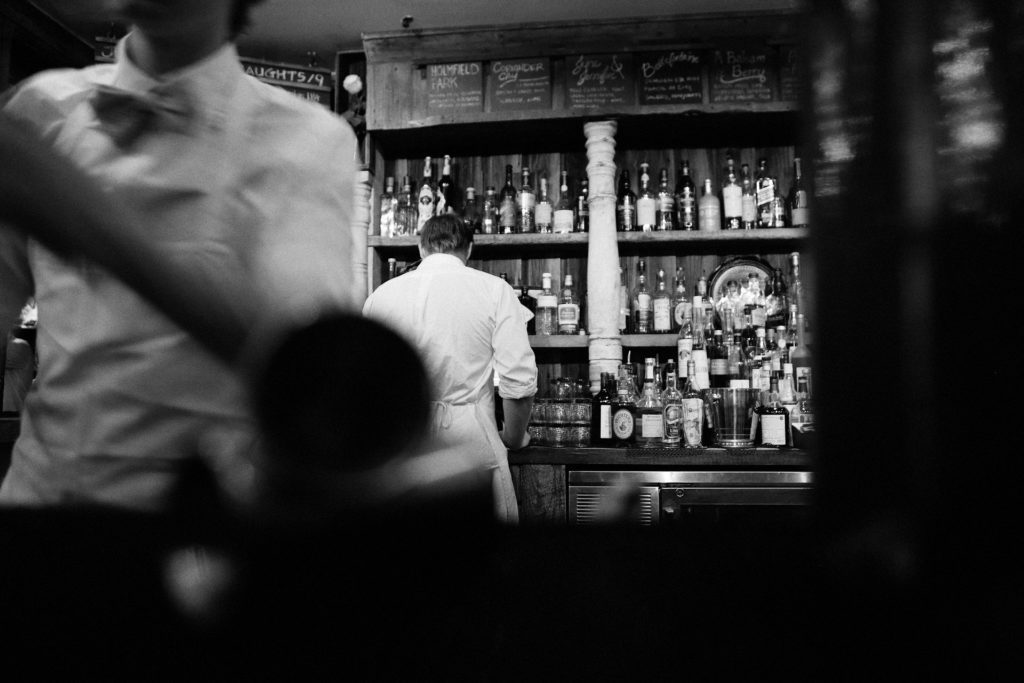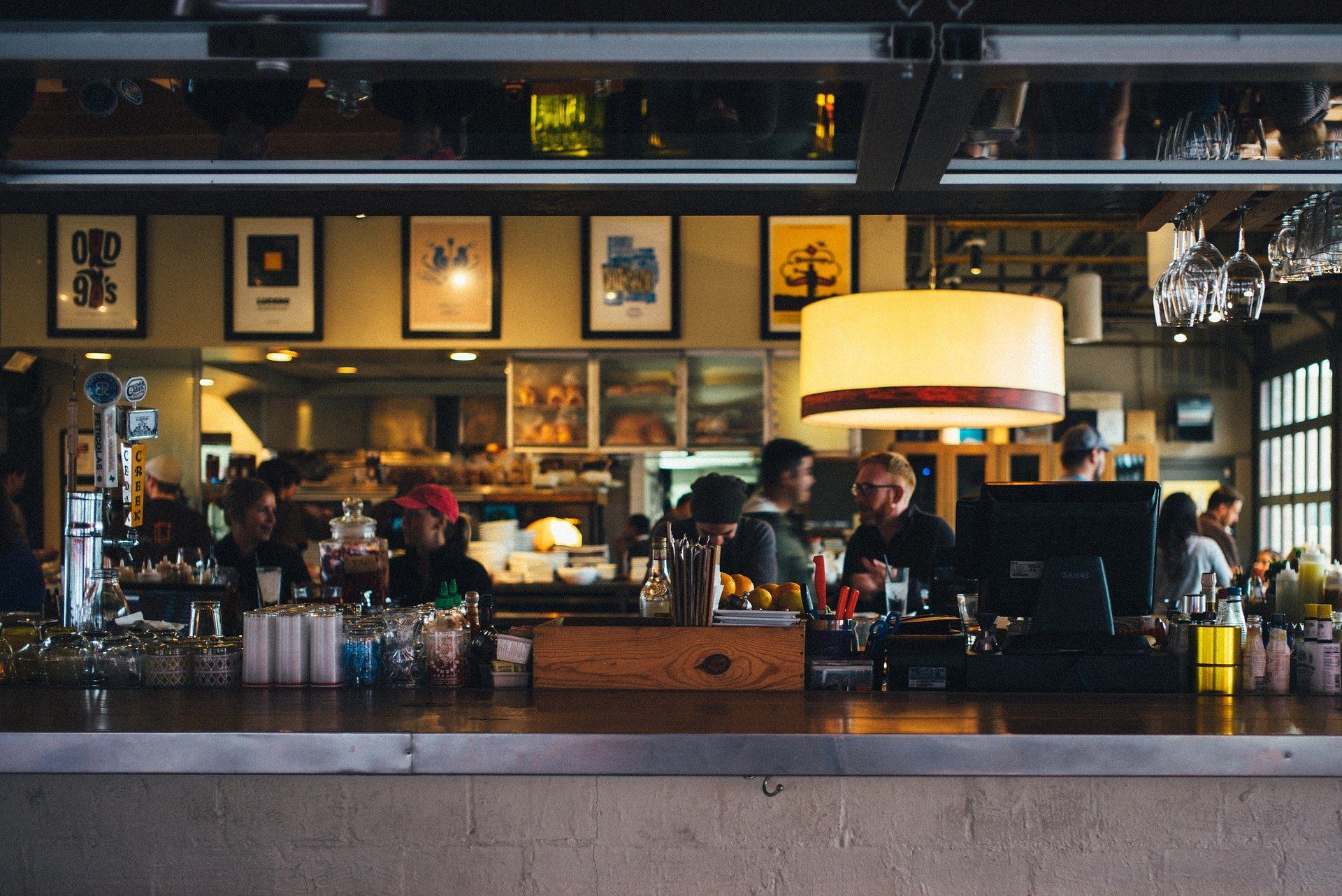Table of Contents
Turning a Dream into a Reality
Everyone’s got to eat. In fact, everyone likes to eat. We eat while cooking for our family as moms. We eat when we’re relaxing after the kids are asleep. Who doesn’t love to go to a restaurant to eat? And even though diets like intermittent fasting are becoming more and more popular, this still doesn’t mean restaurants don’t have their place in the world. On the contrary.
As stated by the National Restaurant Association, restaurant industry sales are predicted to reach $863 billion in 2019. This figure represents 4% of the US GDP. If your passion is to open your own restaurant and get a piece of that cake, there isn’t a better time to do so. Of course, achieving this won’t be easy. Still, you can do it, especially with the moral support your family will provide. Let’s find out how.
Your Business Plan
Every dream needs a plan. A business plan, in this case. For starters, a business plan will ensure you have financing. Think of it as a guide toward your restaurant’s success. You should include in it crucial items such as your expected profits and losses, startup budget, payroll, and any other business costs. After a while and much research, you may discover additional problems you haven’t anticipated. Things like:
- Tax Laws
- Licensing
- Health codes
- Food handler certificate
- Social Media Marketing
With a list of problems that could occur, it is a great idea to hire food and beverage consulting firms to help with the process. Remember to pay close attention to the types of dishes and menus you plan to serve. For instance, nowadays, a smaller establishment would be more suited for serving local produce and farm-to-table menu. A kind of menu that can highlight regional cuisine and ingredients sourced from the surrounding area or community.
Your Brand and Restaurant Concept
No business is complete without a clear concept and a brand. When it comes to restaurants, your concept will need to include the food you will serve, the ambiance of your restaurant, and the service style of your restaurant. Your concept is closely intertwined with your brand. You can view your brand your restaurant’s personality, identity, and mission. The brand represents an intangible force behind your restaurant. The values that your restaurant incorporates. While your restaurant concept is your brand in action.
Based on both, your dining room should emanate a particular atmosphere and communicate what your restaurant is all about. This, in turn, develops a meaningful, memorable experience for your customers. A kind of experience that makes them come for more.
One of the most important characteristics in building your restaurant concept and brand is selecting an original, yet functional concept that targets a specific demographic. Will it be an upscale Mediterranean restaurant decorated with flowers and plants of all kinds? Or, a brightly lit, casual, and fast spot? One outfitted with modern artwork with a modern point of sale system.
The word choices, the energy it emanates, and the type of your staff will be the main communication points of what your restaurant is.

Your layout
Your restaurant’s success depends on the kind of design and layout you choose. You’ll have to include the size and layout of the dining room, storage space, kitchen space, and office. you can also give your kitchen space for rent when your restaurant is closed, as this will help you to make extra money during your startup business.
Usually, restaurants assign 45% to 60% of their space to the dining area and around 35% to the preparation area while the rest goes to office space and storage.
Your dining area is the place where you’ll be making the most of your profits, so don’t cut corners when designing it. Do a kind of competitor research. Go to different restaurants around town and analyze their design. What did the diners think of it? Are they comfortable, or are they shifting in their seats throughout their meal?
More often than not, the production area in a restaurant is poorly designed and stuffed with unused. The result? A poorly organized kitchen and less than exceptional service. Again, keep your menu in mind when you’re trying to determine each element in the production area. You’ll have to include space for food processing, dishwashing, cooking, etc. And don’t forget an area for a small office where you will complete your daily management obligations.
Your Location
When it comes to the location of your restaurant, you will need to think about multiple factors. For starters, accessibility, and visibility. Find a place that drivers and walkers-by can spot easily. You could also look for an area that is brimming with both. Second, competition in the area. Although some nearby competition can help with marketing, it’s important that your restaurant has enough distance from them so you can still have a solid pool of customers.
Third, make sure the target market of your restaurant matches those living in the area. Lastly, determine the labor costs and minimum wage. They have a nasty habit of cutting into your profits. Fourth, regarding your location selection, some recommend leasing. This can give you more flexibility if you later decide to expand or if the restaurant experiences business problems. Lastly, consider delivery to the customer. Many customers are opting to stay home but still want to eat from their favorite restaurants. Profitboss founder Adam Guild has a delivery app that is free to restaurants. It uses the service of delivery companies such as Doordash at a lower fee. This is something worth checking into if you would like to expand your clientele by adding the option of home delivery by using the Profitboss app.
Image by Igor Link from PixabayYour Menu
When you’re putting together a menu for your dream business, always account for the trends regarding menu design and content. One way or another, they will influence the kind of restaurant you’ll open. For example, these days, vegetarian items, locally grown produce, tortillas, and organic food is more and more in demand with consumers. Bagels, espresso, and barista coffees are also quite popular.
On the other hand, people like to see meatless alternatives on the menu. Or ketogenic diet dishes. Also, keep the children in mind as you’re determining your selections. If families are a part of your target demographic, you’ll want to place nine to ten items in smaller portions that their kids would like.
Although what you can put in a menu has expanded over the decades, menus are actually becoming shorter. Everyone’s busy nowadays and rarely wants to read a lengthy menu before dinner. People come to a restaurant to have fun and relax. Keep the menu short, straight, and simple. It should present different choices in a concise format.
Turning your hobby, or a dream, into a reality can be difficult, especially for moms that have a big family waiting for them at home. But not impossible. In the end, you’ll have to decide how much you want to chase it.
Featured Image by Free-Photos from Pixabay




